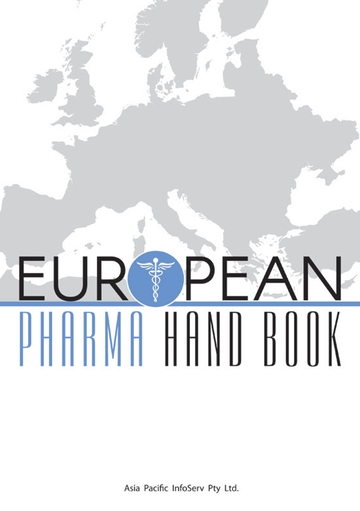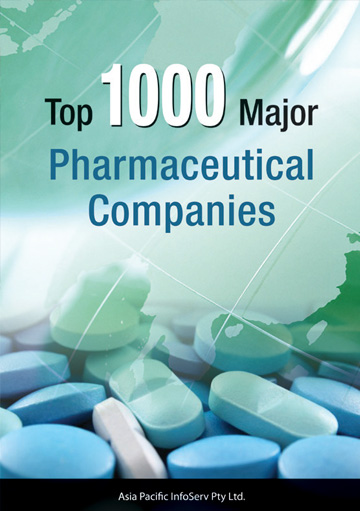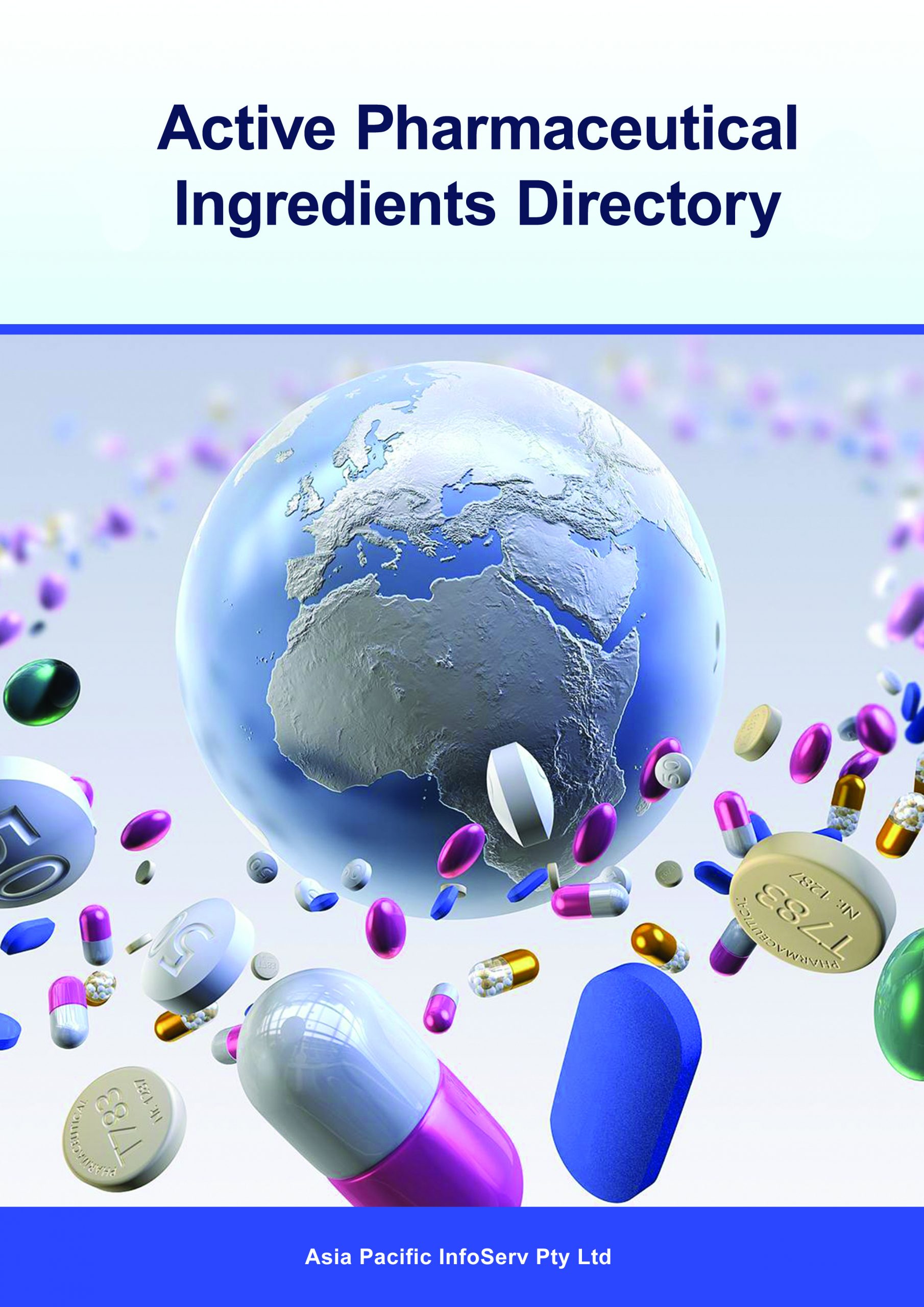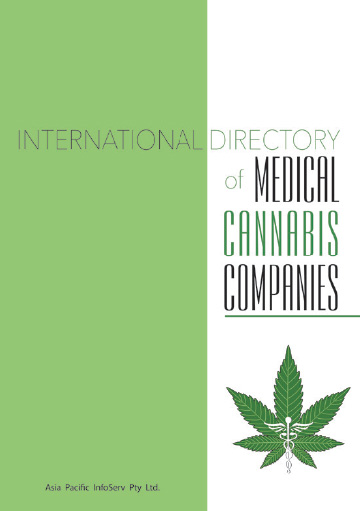About this product
The European Pharma Handbook provides pharmaceutical industry decision-makers with a single source of accurate, up-to-date statistics, information and analysis on prescription drug business and regulatory environments throughout Europe. Coverage of 32 individual countries (cumulatively representing more than 99% of European sales) and a summary section on the EU are included.
Company executives, consultants, marketing and licensing partners, policymakers, researchers, investors, reporters, and others who work with the pharmaceutical industry will benefit from the European Pharma Handbook.
Whether you’re working on a cutting-edge specialty drug or a mature generic, whether your drug is on the market or still in clinical trials, the European Pharma Handbook is a thorough, data-rich report that gives you insight into the structures, trends, and regulations driving the world’s most important pharmaceutical market.
Information for 32 countries on:
- Approval Procedures
- Branded vs Generic Use
- Clinical Trial Regulations and Practices
- Distribution Systems
- Drug Regulatory Agencies and Policies
- Generic Regulations and Market Trends
- Growth Rates
- Healthcare Systems
- Intellectual Property & Parallel Trade Issues
- Intellectual Property Regulations and Practices
- Manufacturing Infrastructure
- Marketing Regulations and Practices
- Payment Patterns
- Pharmaceutical Market Forecasts
- Pharmaceutical Market Structure
- Population & Prescriber Characteristics
- Pricing Regulations
- Public and Private Payment and Reimbursement Systems
- R&D Incentives
- Regulatory Bodies
- Research, Distribution & Marketing
- Sales & Consumption
- Sales Channels
- Trade Policies
Market Coverage (Including updated contact information for all countries):
European Union: All 28 countries
Europe (Non-EU): Norway, Russia, Switzerland, Ukraine
The European Pharma Handbook is a trusted and increasingly valuable resource. The current edition includes expanded coverage of health systems, recent and forecast pharmaceutical sales, market demand profiles, clinical trial and drug approval procedures, regulatory policies, pricing and reimbursement regulations, intellectual property issues, sales and marketing practices, distribution networks, political risks, patient and prescriber characteristics, policies on branded and generic use, clinical research activity, and other key factors.





